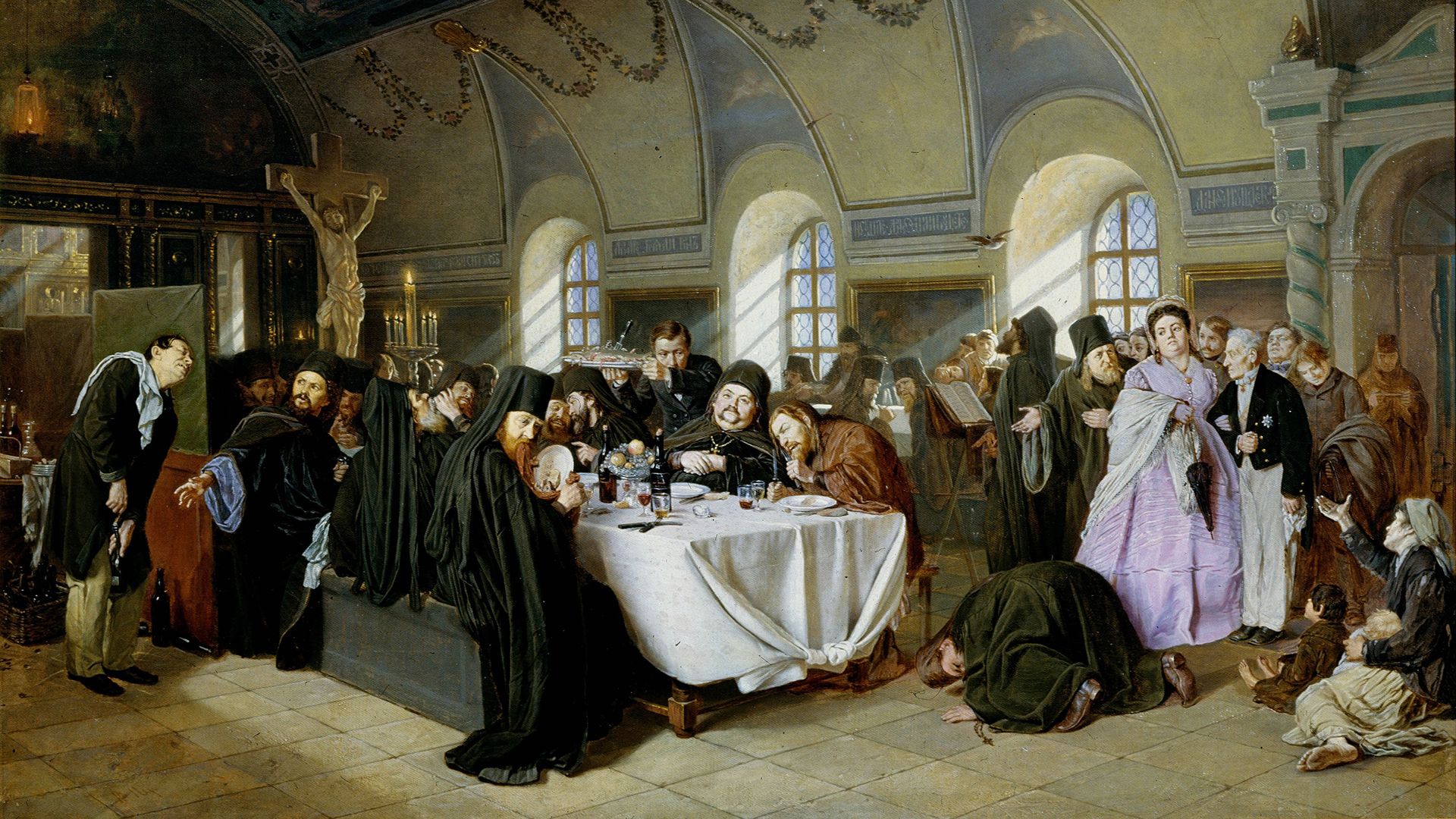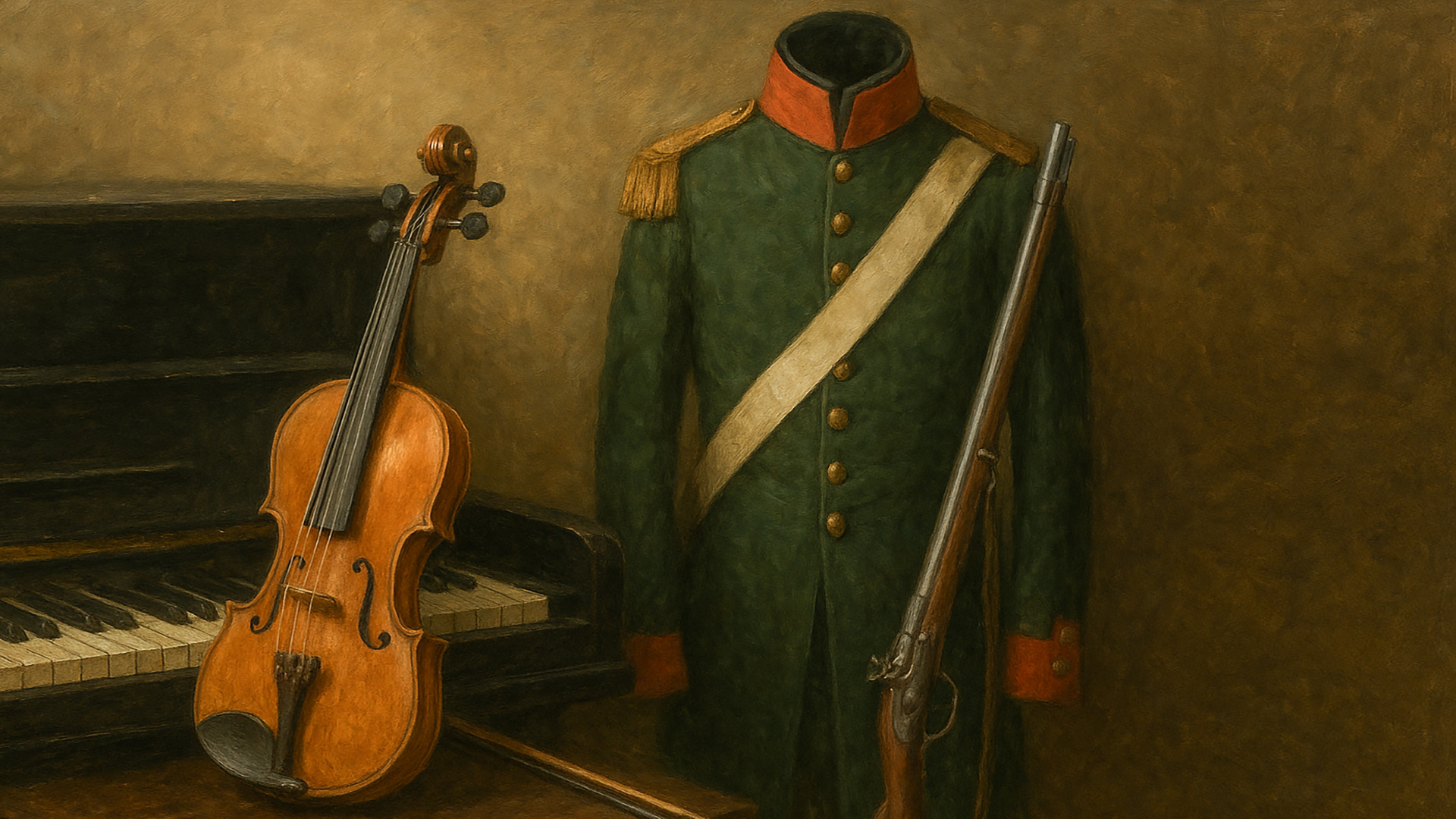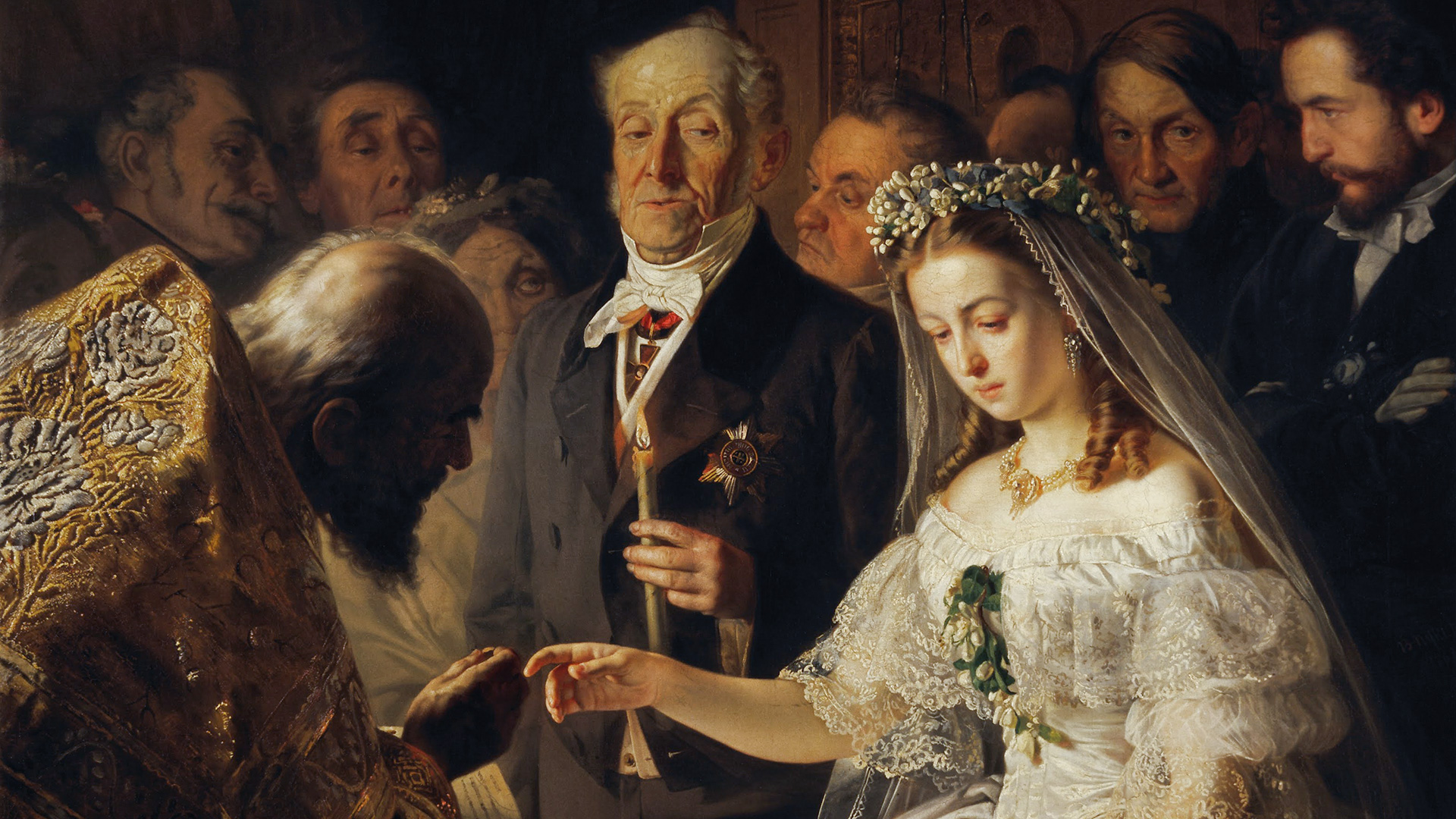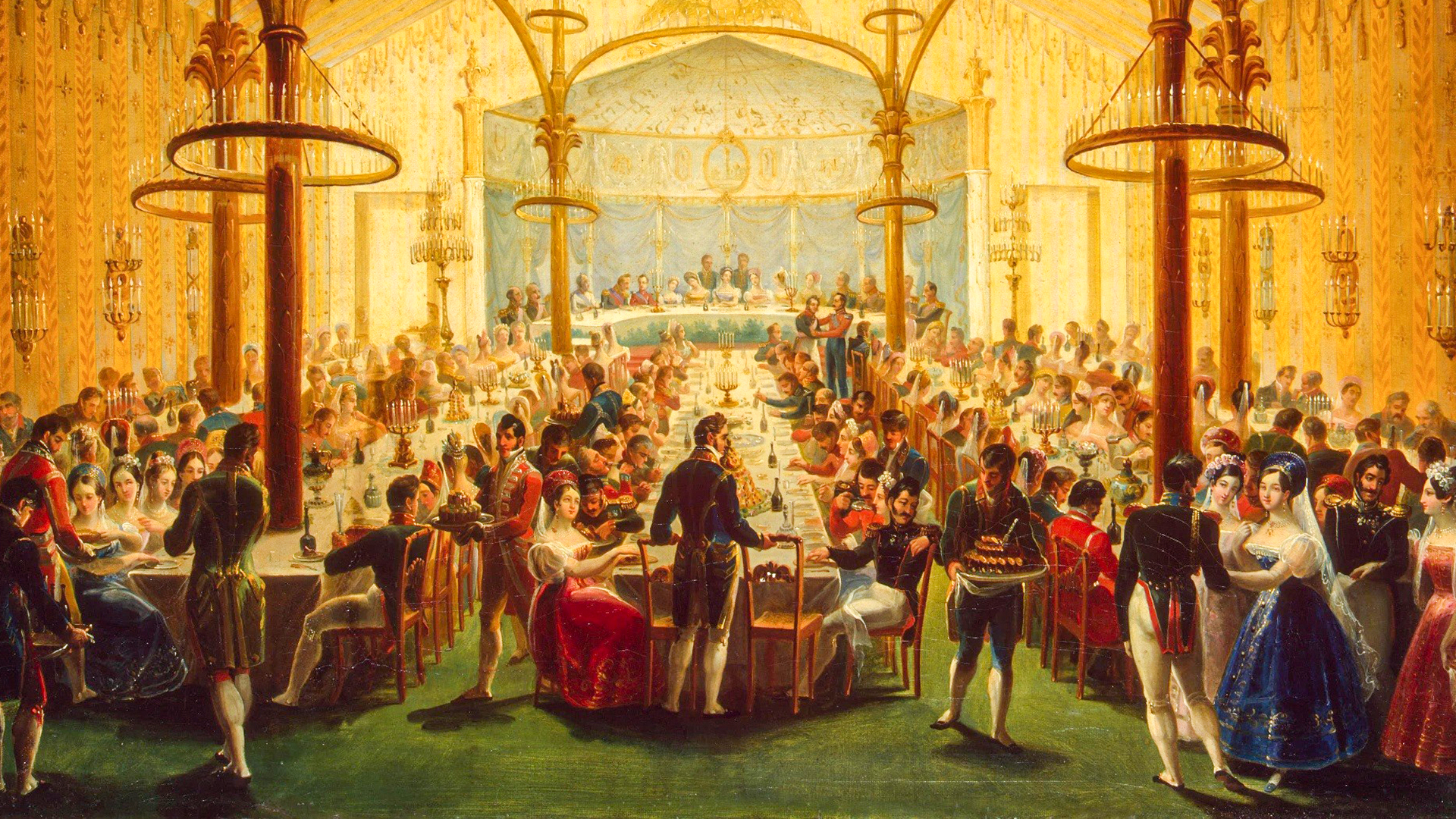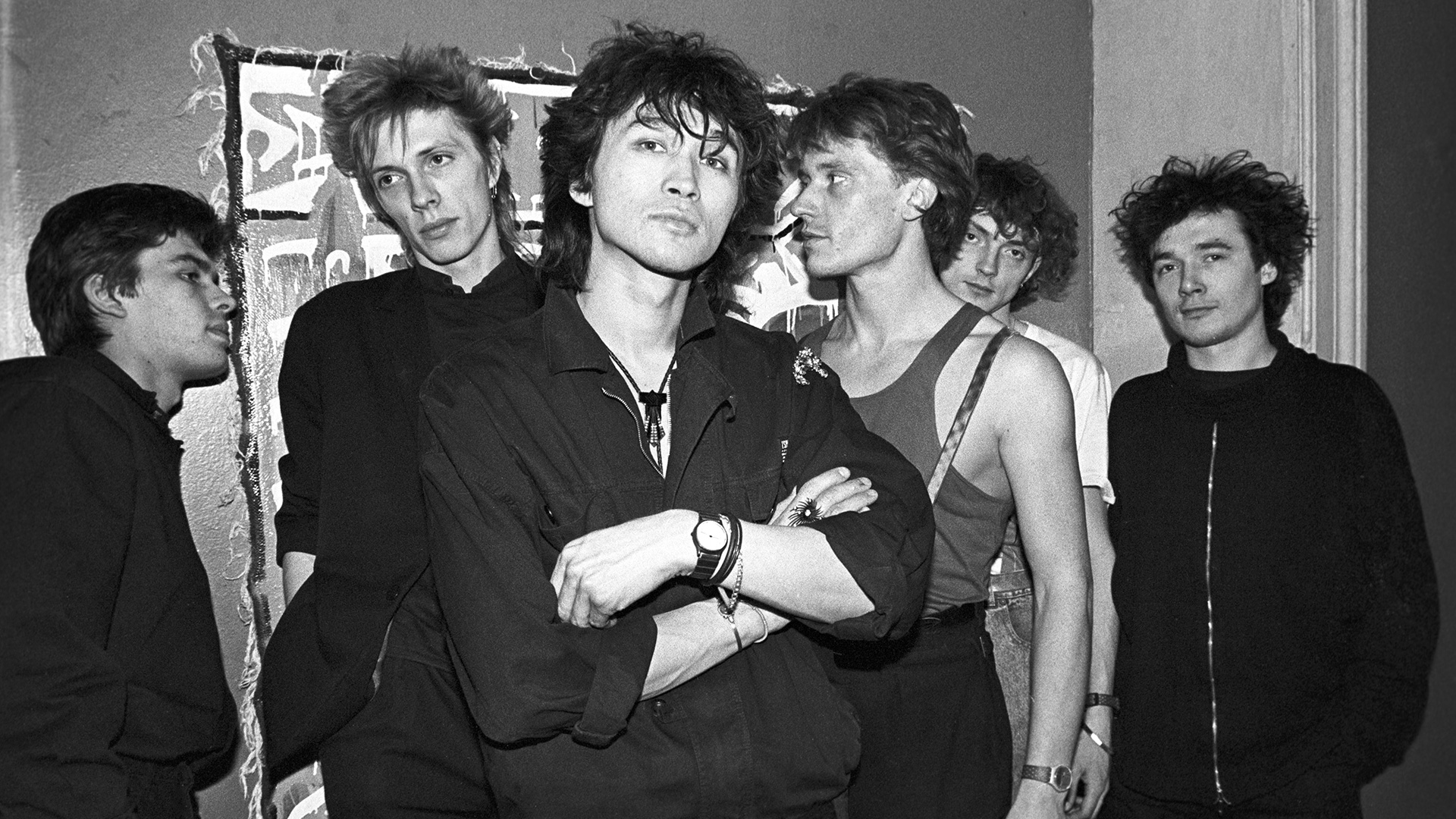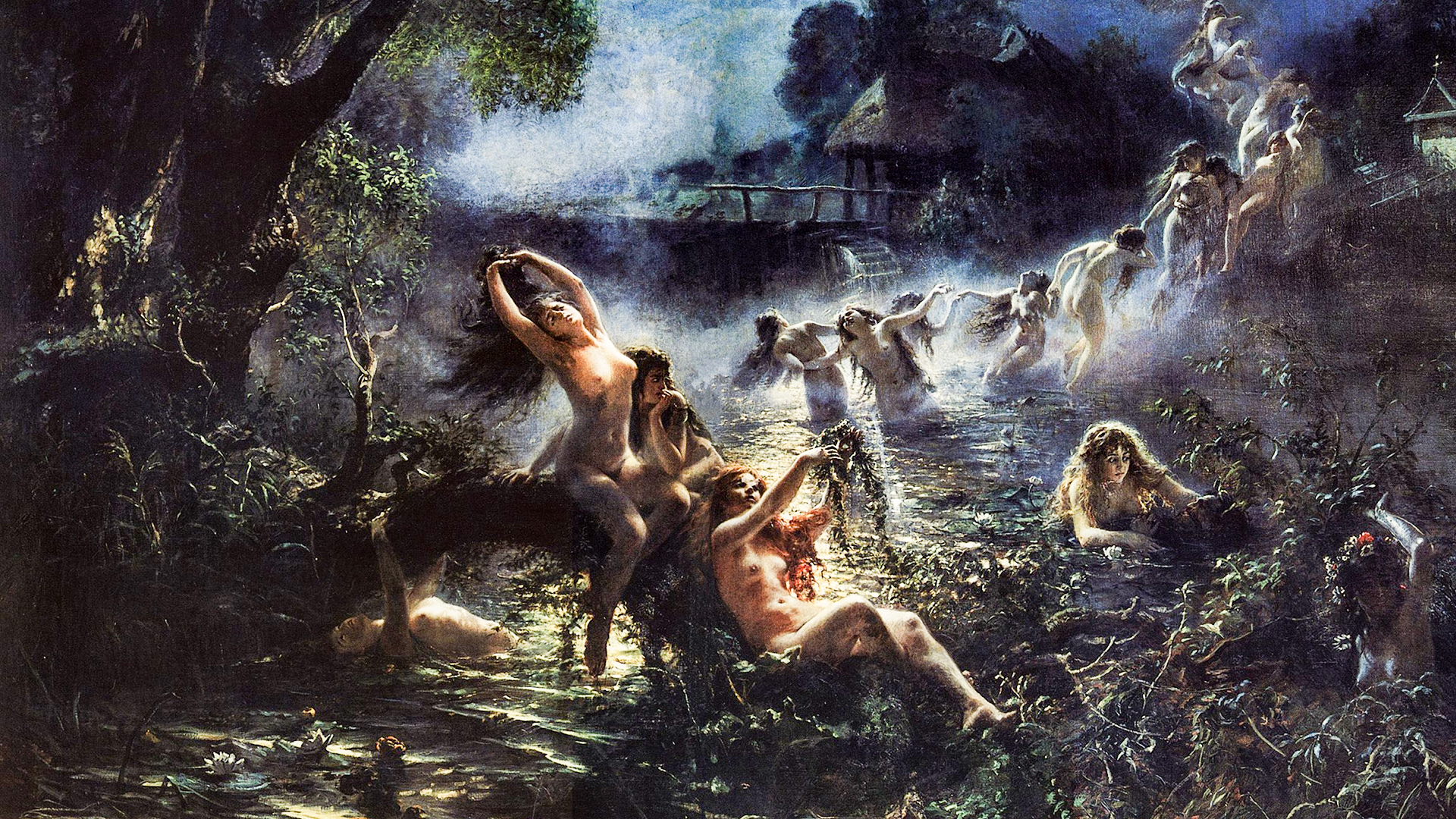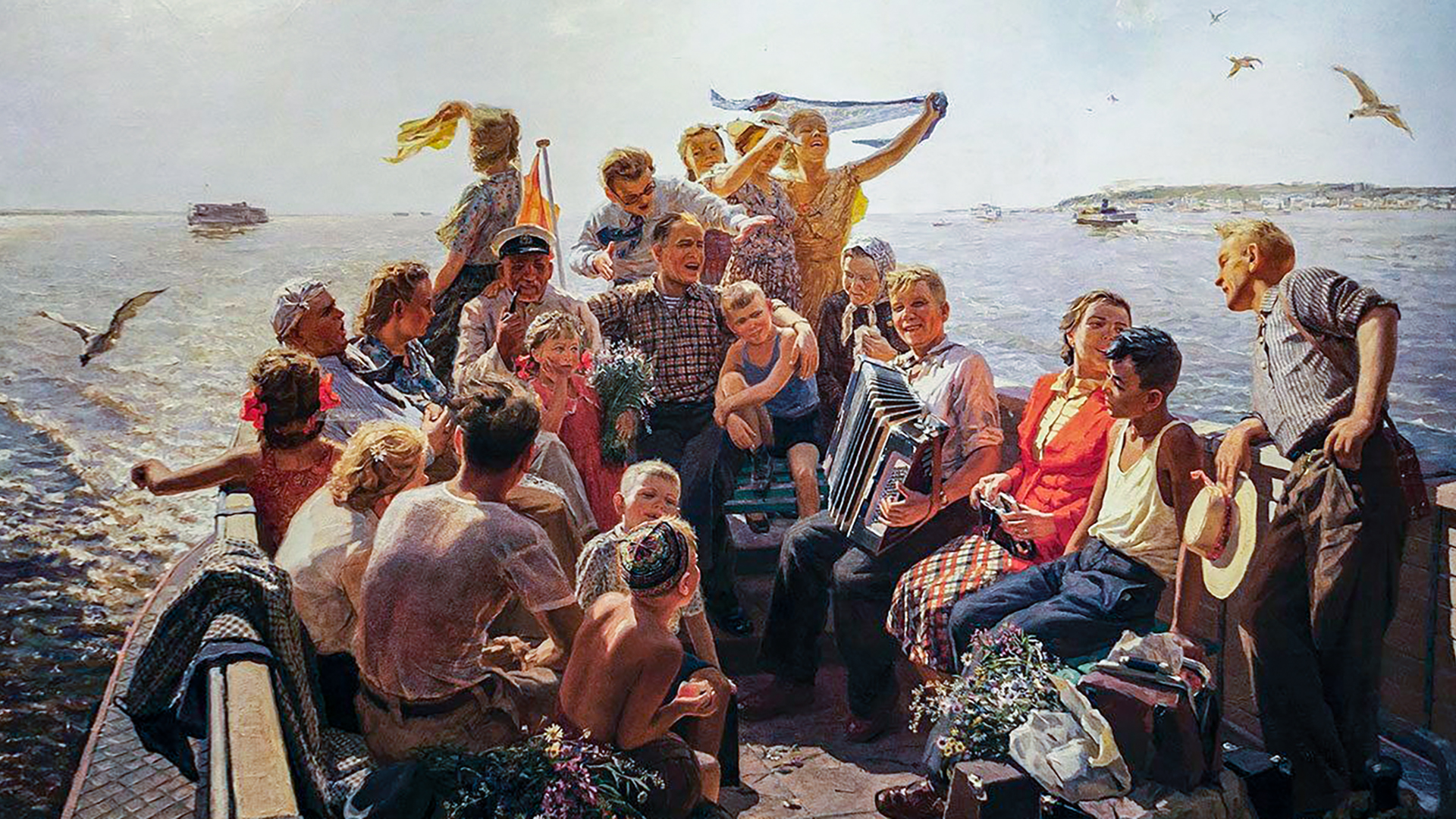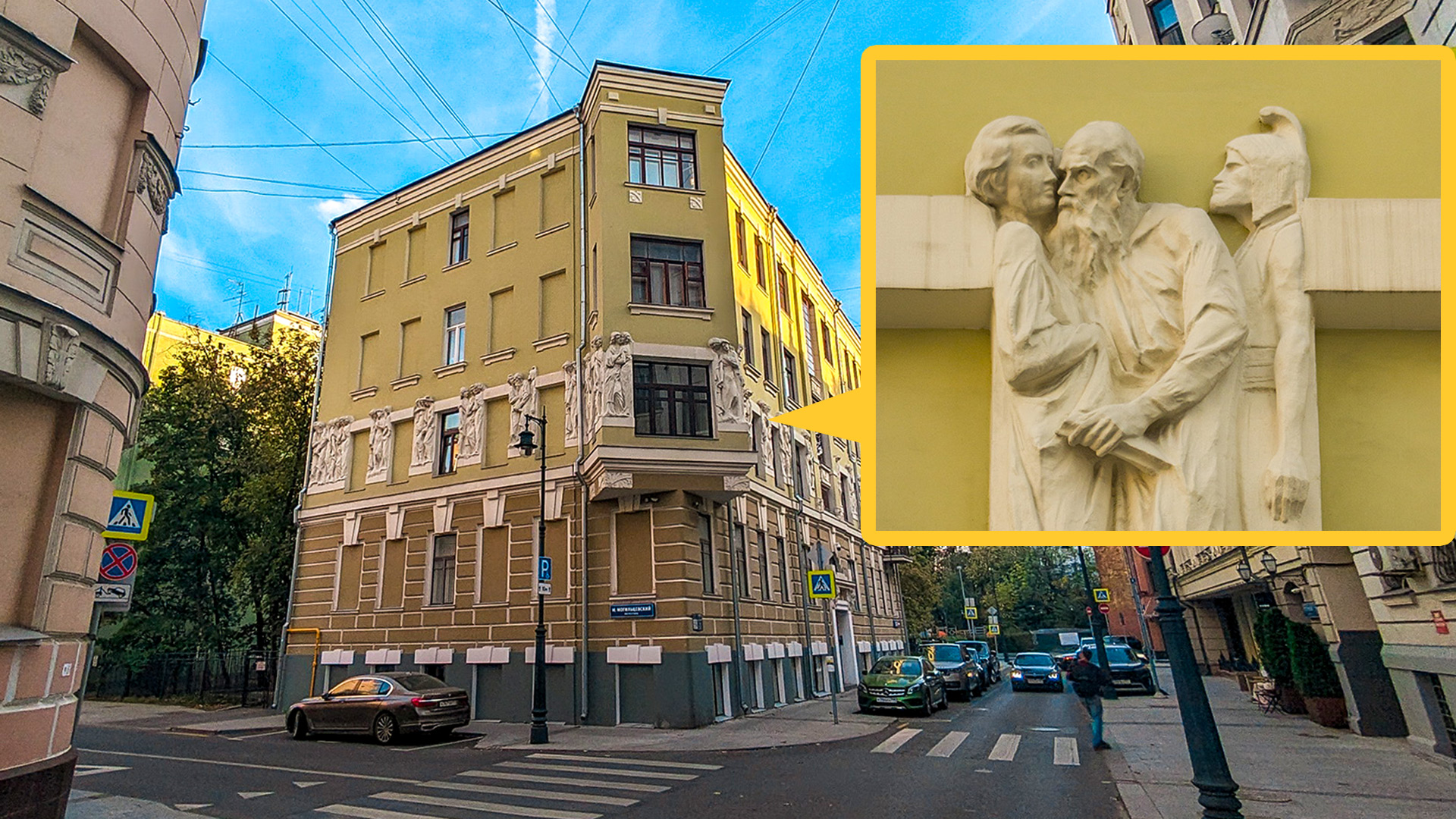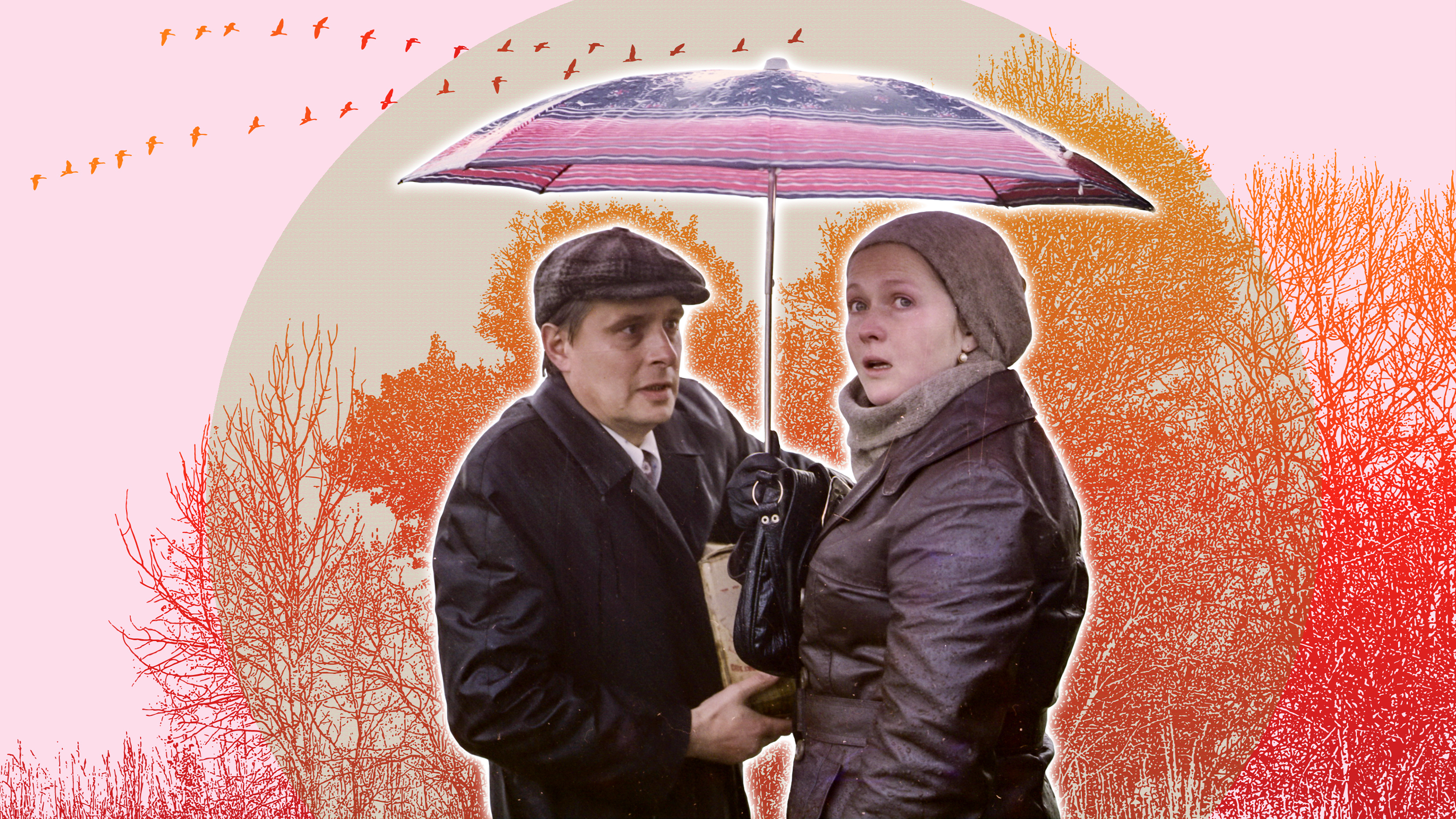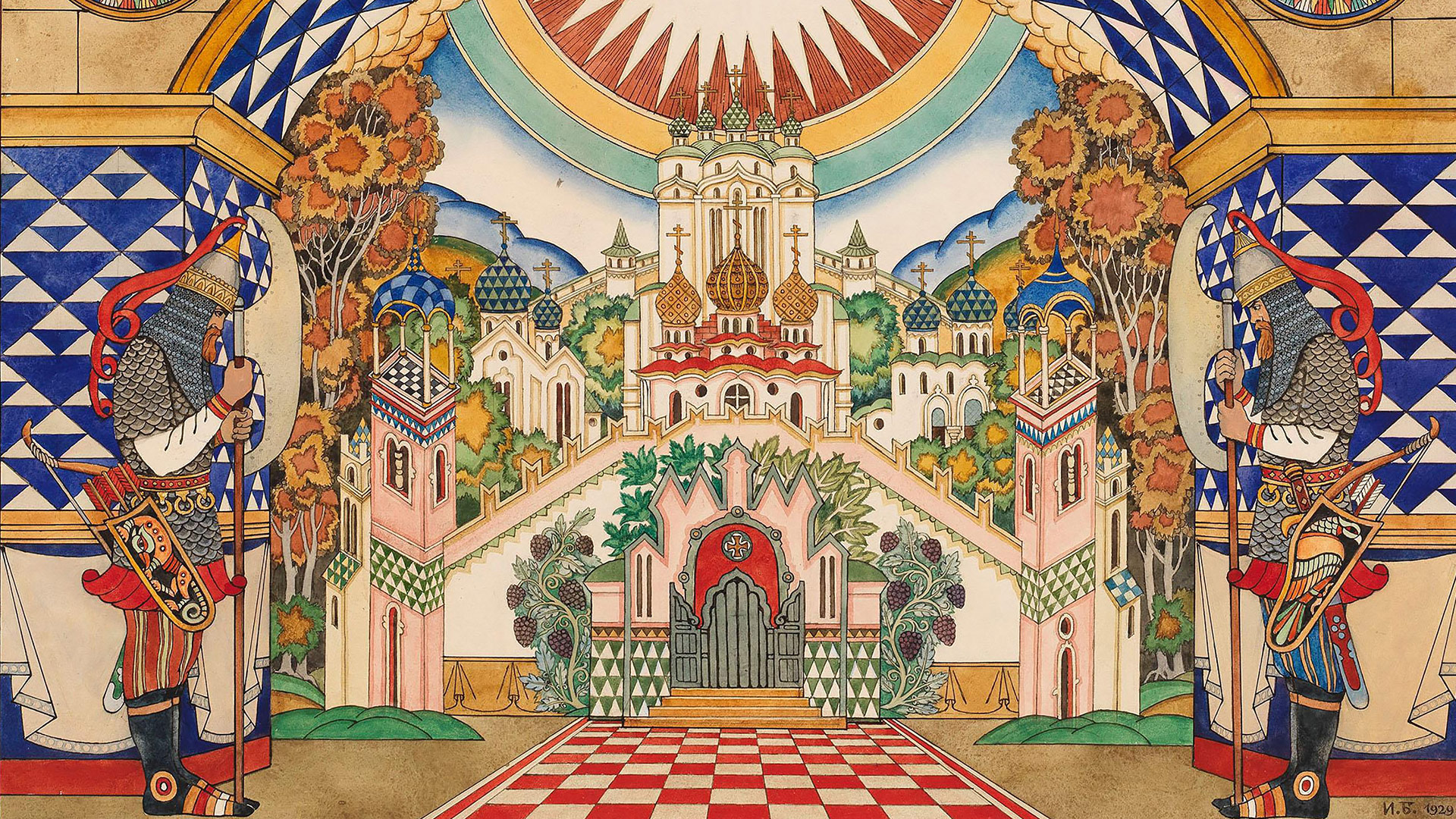
Everything you need to know about the Moscow Bolshoi Theater


On the winter evening of January 18, 1825, the newly built building of the Bolshoi Petrovsky Theater hosted the ‘Triumph of the Muses’. According to the plot, the Genius of Russia, together with the Muses, patronesses of the arts, created a magnificent new theater from the ruins.
Its history began in 1776, when Catherine II transferred the privilege of organizing theatrical performances to provincial prosecutor Pyotr Urusov. The theater was built in its current location in 1780, initially receiving the name ‘Petrovsky’ – after its location in Petrovsky Lane – and became the first public theater in Moscow.

In 1805, the building was destroyed by a fire. And only in 1816 was it decided to rebuild it. The project was led by Osip Bove, who was engaged in the reconstruction of Moscow after the fire of 1812. He fulfilled Catherine II’s original wish exactly – to build a theater “with such external decoration that it could serve as an adornment to the city.” The building was much larger than the previous construction and deservedly received the name of the Bolshoi Petrovsky Theater.

However, in 1853, the theater burned down again. This time, the fire destroyed it almost to the ground: only the columns of the portico remained. Albert Kavos, chief architect of the Imperial theaters, was invited to restore it, who gave the building a modern look and decorated the hall “in the taste of the Renaissance, mixed with the Byzantine style”. Apollo now ruled a bronze quadriga above the theater’s portico, while artist Alexei Titov painted the ceiling of the auditorium with an ‘Apollo and the Muses’ theme. The grand opening on May 20, 1856, was personally attended by Tsar Alexander II.

The life of the theater is associated with the most famous names in music and ballet. Felicita Gulen-Sor, the first female choreographer in Russia, worked there, Marius Petipa staged the ballet ‘Don Quixote’ especially for the Bolshoi, while Pyotr Tchaikovsky became the main composer for many years. It was in Moscow that the premieres of the ballet ‘Swan Lake’, the maestro's first opera ‘Voyevoda’ and ‘Eugene Onegin’ took place. There, for the first time in a repertory theater, bass Feodor Chaliapin debuted and composer Sergei Rachmaninoff headed the musical department at the beginning of the 20th century.

After the revolution, the theater lost the ‘imperial’ prefix: they wanted to close it as a relic of the bourgeois past. But this idea was soon forgotten, and the Bolshoi itself became the main theater not only of the capital, but of the entire country. Incidentally, the creation of the USSR was officially announced there in 1922.
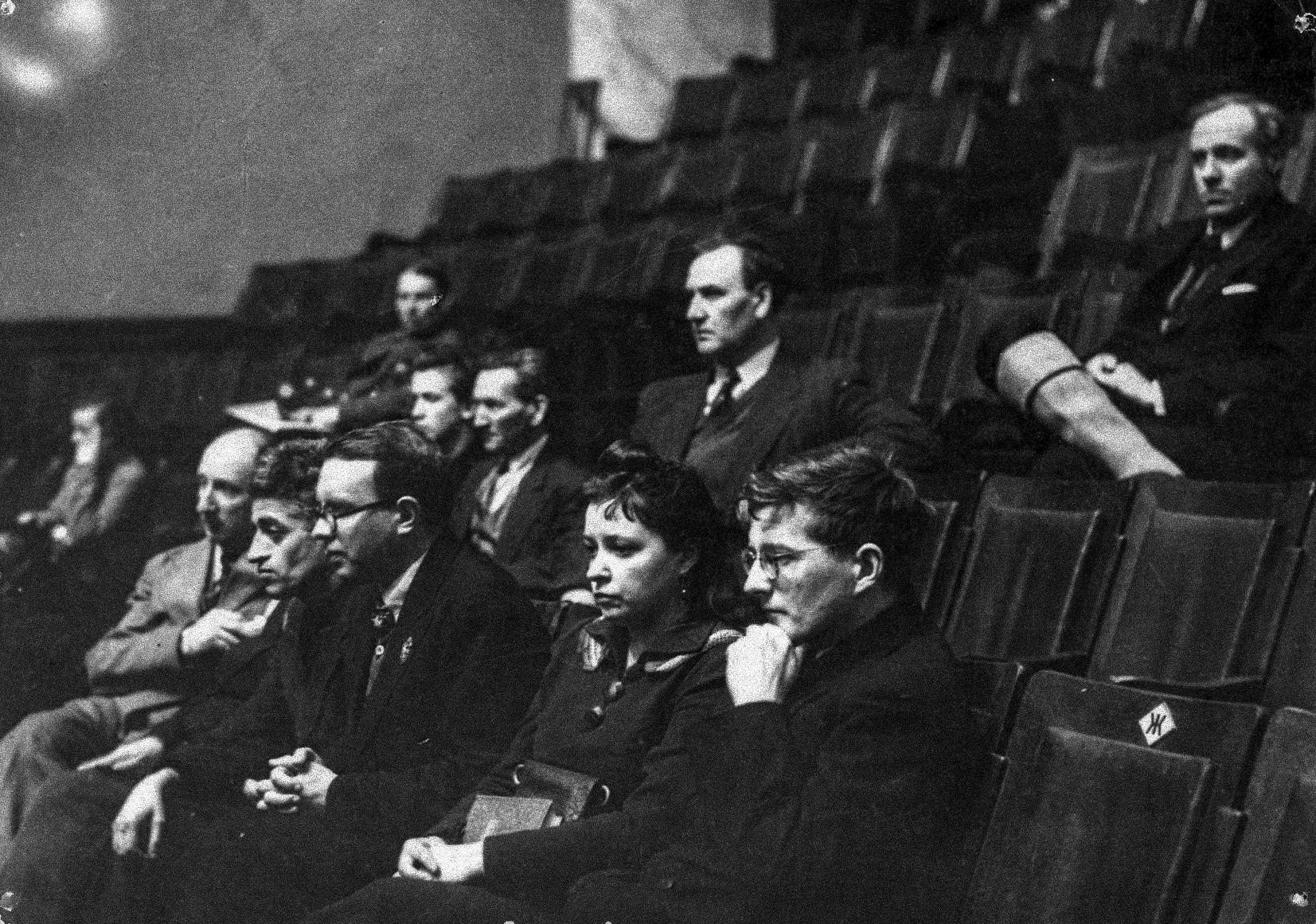
During World War II, the theater continued working in evacuation in Samara: it was there that the first performance of Dmitry Shostakovich's ‘Leningrad Symphony’ by the Bolshoi Orchestra took place in the local cultural centre.

During the Soviet years, the theater’s stars included Galina Ulanova, Maya Plisetskaya, Mstislav Rostropovich and Galina Vishnevskaya, Elena Obraztsova, Zurab Sotkilava, Ekaterina Maximova and Vladimir Vasiliev. In 1956, the Bolshoi Theater went on tour to London – its ‘Swan Lake’ was such a success that the troupe began to be nicknamed the ‘Bolshoi Ballet’. For over 30 years, the ballet troupe was led by Yuri Grigorovich: he is the author of the most famous productions of the country's main theater, from ‘The Nutcracker’ and ‘Spartacus’ to ‘Ivan the Terrible’.

The new century brought many changes to the theater: In the 2000s, it underwent a global reconstruction and new stars appeared in its troupe – including Dinara Aliyeva, Igor Tsvirko, Svetlana Zakharova, Ekaterina Krysanova, Denis Rodkin and Elizaveta Kokoreva. The Bolshoi still remains one of the main points of attraction in Moscow and is included in the obligatory list of attractions that you should visit.


